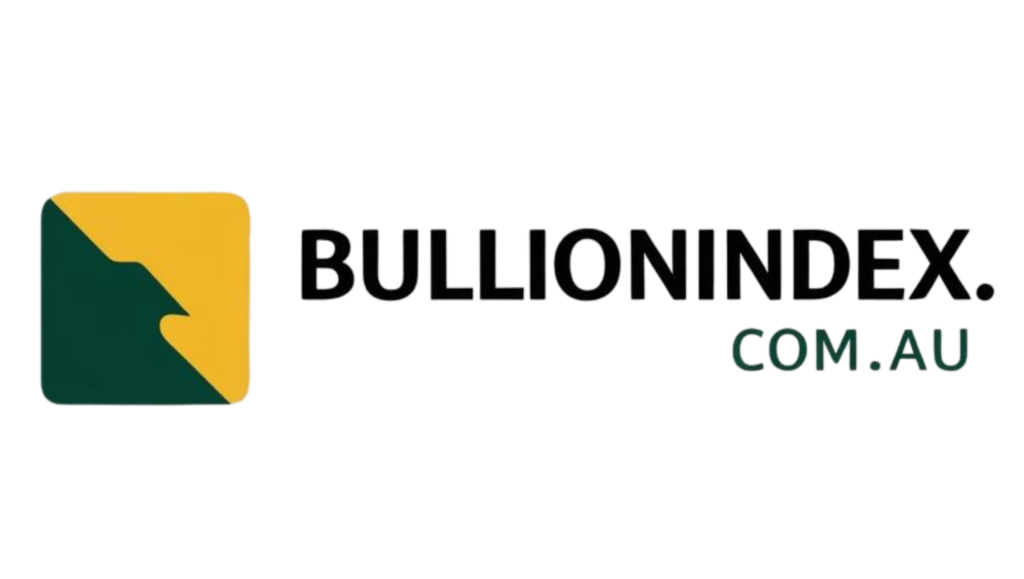Rhodium, the World’s Most Expensive Metal
Rhodium, a lesser-known precious metal, has recently experienced a significant surge in its value, surpassing $13,000 per troy ounce. This surge marks a remarkable comeback for rhodium, which previously peaked in 2008 at over $10,000 per troy ounce before plummeting. The current surge in rhodium prices can be attributed to a spike in demand from the automotive sector, particularly for its use in catalytic converters that help reduce harmful emissions.
The majority of the world’s rhodium, approximately 80%, is mined in South Africa, underscoring the country’s crucial role in the global rhodium market. The metal’s scarcity is a key factor driving its price increase, with annual production limited to around 30 tonnes, significantly less than the annual gold production of 2,500 to 3,000 tonnes. Furthermore, the Volkswagen emissions scandal in 2015, known as Dieselgate, has further boosted rhodium demand as countries like China and India tighten emissions regulations.
In a similar vein, palladium, a close counterpart to rhodium, has also seen a rise in demand following the Dieselgate scandal. Palladium, the most expensive among the major precious metals, is used extensively in catalytic converters, particularly in gasoline-powered vehicles. The shift towards petrol vehicles and the decline in diesel sales have favored palladium over platinum, traditionally used in diesel vehicle converters. Notably, Russian mining company Nornickel stands out as the top global producer of palladium.
Gold, a timeless and versatile metal, holds a unique position in various industries, from jewelry to electronics and aerospace, owing to its durability and conductivity. Historically, gold has symbolized wealth and prestige across cultures, with its value deeply ingrained in human societies. While South Africa once dominated gold production, current top producers include China, Australia, and Russia.
Iridium, renowned for its rarity and resistance to corrosion, is among the scarcest metals on Earth, with annual production limited to a mere three tonnes. Despite its challenges in fabrication due to its hardness, iridium is highly valued for strengthening alloys and its use in crucibles. Similarly to other platinum-group metals, iridium is predominantly mined in South Africa and Russia.
On the other hand, platinum, a member of the platinum-group metals, has faced challenges in the market, particularly due to the decline in diesel vehicle sales post-Dieselgate. Platinum’s primary application in diesel vehicle catalytic converters has led to a decrease in demand compared to palladium, which is favored in petrol vehicle converters. While platinum historically commanded higher prices than gold, its market performance has been overshadowed by palladium in recent years.
In conclusion, the dynamics of the precious metals market, especially with regard to rhodium, palladium, gold, iridium, and platinum, reflect the evolving trends in industrial demand and environmental regulations. The interplay between supply, demand, and industrial applications continues to shape the value and significance of these metals in the global economy.

Leave a Reply
You must be logged in to post a comment.